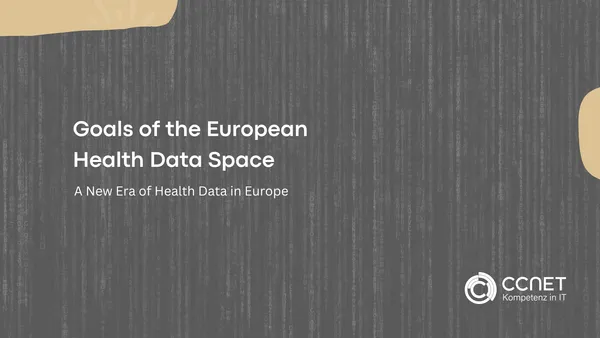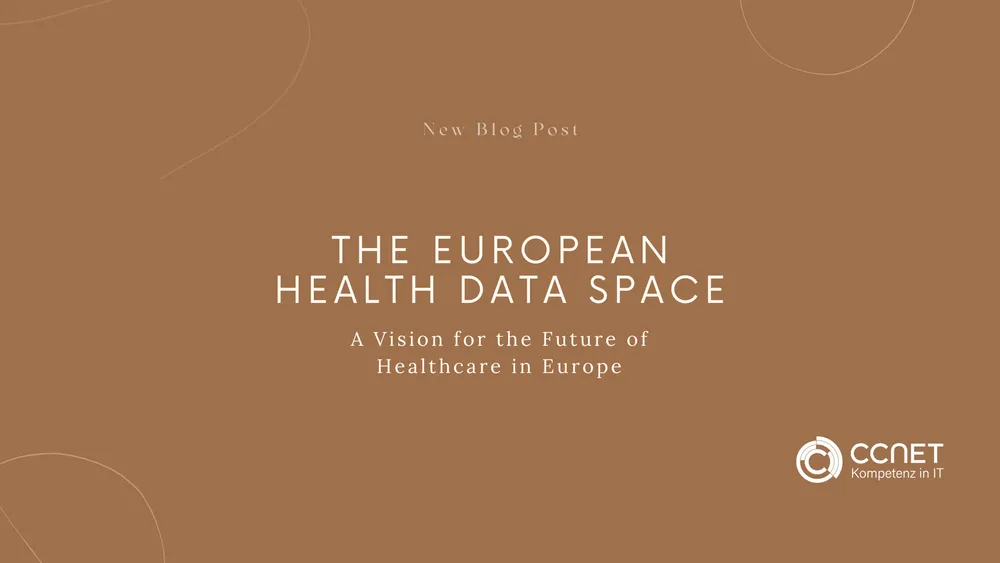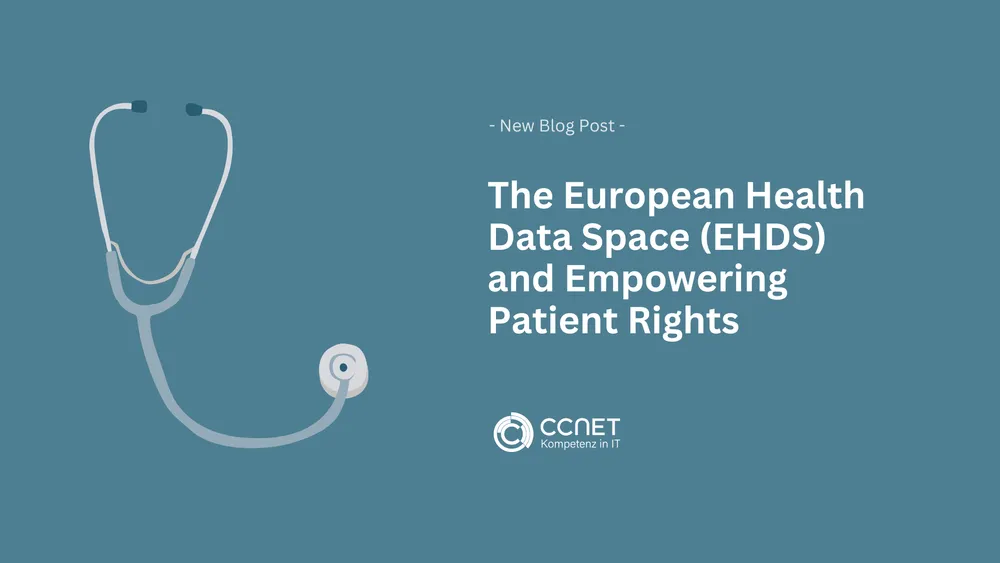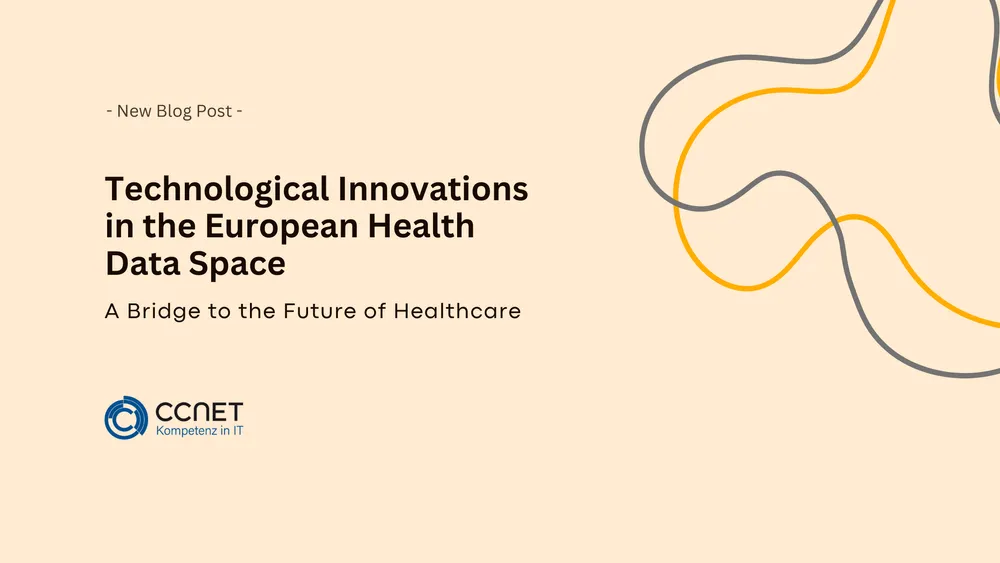
CCNet
Aug 28, 2024 • 2 min read

Goals of the European Health Data Space: A New Era of Health Data in Europe
The European Health Data Space (EHDS) stands at the forefront of an unprecedented initiative aiming to revolutionize the healthcare landscape in Europe. With the EHDS, the European Union (EU) seeks to establish a unified framework facilitating secure access to and exchange of health data across borders. This initiative is not only a milestone in the digital transformation of healthcare in Europe but also a crucial step towards more integrated, efficient, and patient-centered healthcare delivery. This blog post delves deep into the goals of the EHDS, shedding light on how these objectives have the potential to shape healthcare in Europe.
Facilitating Cross-Border Access and Exchange of Health Data
One of the main objectives of the EHDS is to facilitate cross-border access to and exchange of health data within the EU. In a union where freedom of movement is a fundamental right, the ability to access critical health data regardless of the member state a person is in is a basic necessity. The EHDS aims to improve interoperability between the healthcare systems of member states, which is essential for efficient healthcare delivery and emergency treatment across borders.
Supporting Health Research and Policy-Making
Another key goal of the EHDS is to support health research and policymaking by providing secure and regulated access to health data. By granting researchers and policymakers easier access to valuable data, evidence-based decisions can be made, and innovative solutions for public health can be promoted. The EHDS has the potential to significantly accelerate medical research by providing a rich reservoir of data for studies on diseases, treatment methods, and health impacts.
Promoting Digital Health Innovation
The EHDS is also designed to promote digital health innovations. By creating a standardized framework for health data, it creates a stimulating environment for startups, technology companies, and research institutions to develop new digital health solutions. These innovations can range from improved electronic health records (EHRs) to advanced data-driven diagnostic tools that have the potential to revolutionize patient care.
Strengthening Patient Rights and Control
Another important goal of the EHDS is to strengthen patients' rights and control over their own health data. The EHDS places great emphasis on transparency and gives citizens more control over how their data is used. This includes the right to access their own health data, correct it, and approve or decline its use for research purposes. By empowering patients' autonomy regarding their own data, the EHDS promotes a more patient-centered healthcare system.
Overcoming Challenges
Achieving the ambitious goals of the EHDS is not without challenges. Issues of data interoperability, privacy, and security are at the forefront of the initiative. Additionally, successful implementation of the EHDS requires close collaboration between member states, healthcare providers, IT vendors, and patient organizations. However, the EU is firmly committed to addressing these challenges to enable an integrative, secure, and efficient use of health data across Europe.
A Glimpse into the Future
The European Health Data Space leads the digital health revolution in Europe. By paving the way for secure access to and exchange of health data, supporting health research and policymaking, promoting digital innovations, and strengthening patient rights, the EHDS has the potential to fundamentally transform healthcare in Europe. This initiative is a clear commitment by the EU to a healthier, safer, and more inclusive future for all its citizens.


